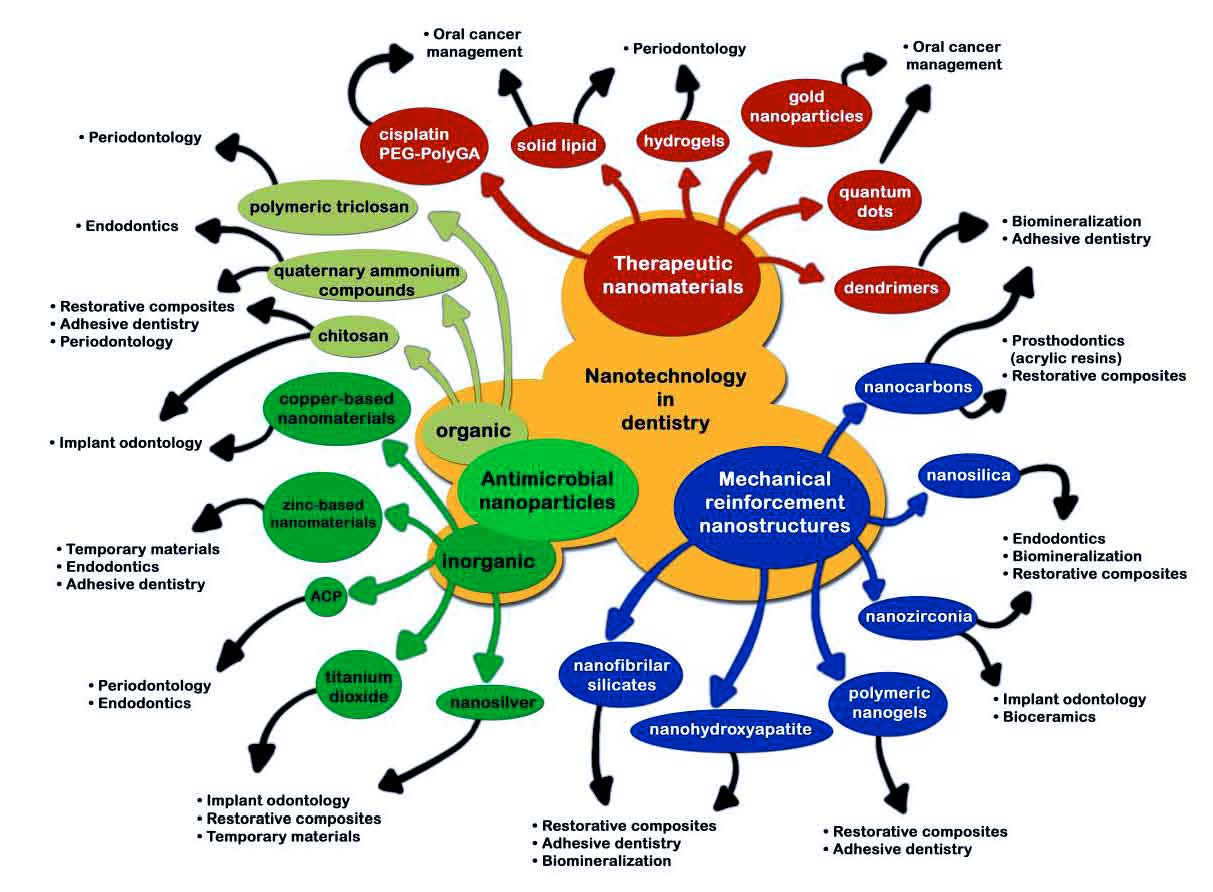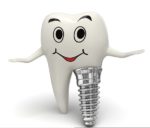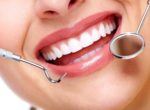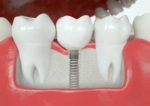Table of Contents
Most of us have been there before: we are sitting in the dentist’s chair, the bright light is in our eyes, and we have no idea what the heck our dentist is talking about. Amalgam, Ionomer, composites—it can be confusing and intimidating to some people. Below are a few descriptions of some of the most commonly used materials in dentistry. Knowledge is power, and knowing what these items are will equal a less intimidating dental visit.

![]()
Amalgam
More commonly referred to as “filling,” amalgam is a sealant used to fill cavities in teeth. It is comprised of small particles of silver, tin, and copper allied with mercury. For many years, this material was the first choice for many dentists due to its longevity and ease of use. The largest flaw in amalgam is the use of mercury. While in a stable form, the mercury can pose issues later on. The aesthetic look also makes it a less popular option.
Composite
This more aesthetically pleasing filling has been around for a while, but recent leaps forward in the makeup of the composite have made it the first choice for many dentists. The largest recent developments are focused on pulp protection and a more adhesive power. Composites are used to seal crowns and bridges as well.
Glass Ionomer
This material is primarily used for temporary teeth fillings and also for filling of deciduous teeth. It is not as strong as other materials, which makes it a good fit for temporary sealing of caries and also as cement to keep brackets in place when getting braces.
Gold
For dentistry, gold is an ideal material because it is harmless in the mouth but also has a precision and rigid quality. It is primarily used for posterior reconstructions. While grey gold is often used since it blends better, some prefer the bright look of gold as a replacement tooth.
Ceramics
Ceramics are the material of choice for fixed prosthetics, like crowns and bridges, since it offers a vast variety of aesthetic possibilities. While its only drawback is that it is extremely hard and can fracture, the buffed and smoothed ceramic most resembles a natural tooth.
Steel
Primarily used for the clasps and framework of removable prosthetics. Its strength helps make sure the appliances stay in place properly, but the metal itself is not the best for implant technology.
Titanium
Due to its antiallergic quality and its biocompatibility, it is the go-to material for dental implants. For rare metal allergies in patients, it can also be used for removable prosthetics.
Acrylic Resin
This material is primarily used to make the artificial gums of dentures. The teeth are adversely made of ceramics or of the same acrylic resin material.
Zirconium
Due to the biologic compatibility of Zirconium, it has often been used over the past 20 years. It has primarily been used in the framework of fixed prosthetics. Due to the advanced technology required, it can be expensive. It is not recommended as an implant due to poor results of previous procedures.
Tooth Bleaching Materials
The most common materials used are carbamide peroxide gels and derivatives of hydrogen peroxide. Depending on the nature of the discoloration and how it needs to be whitened, the specific material used will be determined. There may also be micro-abrasion gels used that are primarily made of phosphoric acid.
Bone Filling Materials
The procedure of bone grafting has steadily evolved over the years. The grafts done now use a microporous ceramic that is biocompatible and ideal for this use.
Endodontic Materials
This refers to items used for the treatments done to the teeth’s roots. Certain materials, like calcium hydroxide, are meant to prolong the vitality of the roots, if possible. If the tooth is not likely to survive, the pulp chamber and root canals are disinfected and cleared out. Disinfectants like corticoids work to sterilize the area and an inert substance like gutta-percha is used to seal the canal.
Porcelain/Porcelain Fused to Metal
Porcelain is a preferred material for use in dental fillings and for dental crowns., bridges and veneers. It is strong, lightweight and able to blend in with the natural tooth’s color in a seamless way. For crowns, the porcelain is often fused to the metal with the porcelain comprising the outer layer and the metal beneath. This method is long lasting, but can be more expensive and makes the gums a bit more vulnerable to gum disease.
Impression Materials
Dental Impressions are negative imprints of the teeth that are used for many purposes, such as creating dentures, crowns and restorative dentistry appliances. The impression materials are classified by their rigidity and elasticity and can be used for different applications depending on the need. Primary materials used include: Sodium alginate, polyether and silicones, while historically plaster of paris, zinc oxide eugenol and agar have been used.
This article has been written by Village Family Dentist





